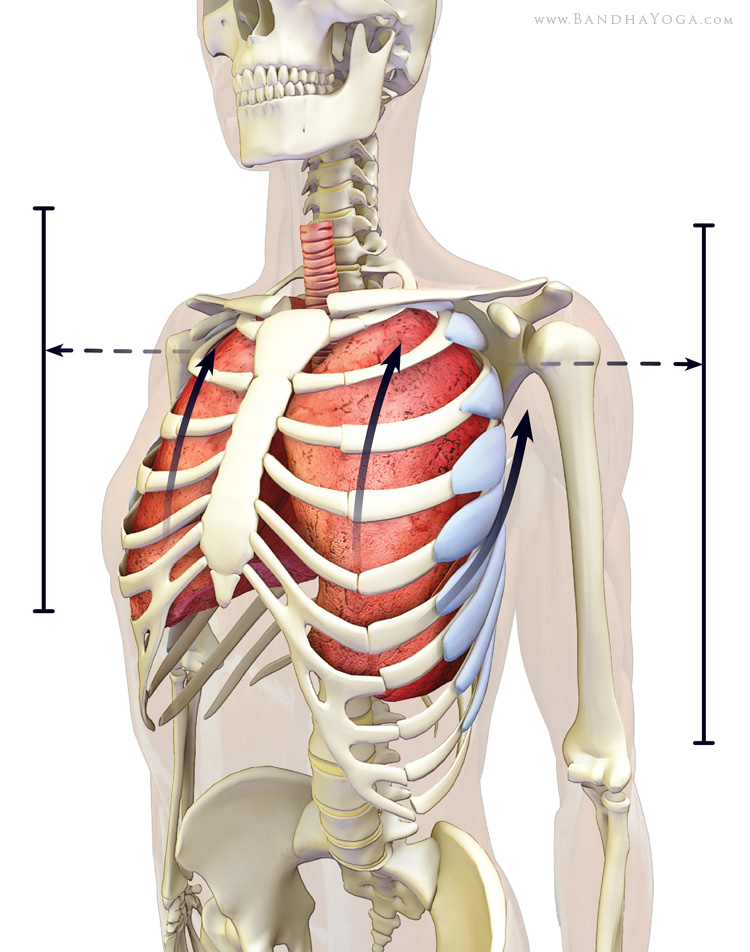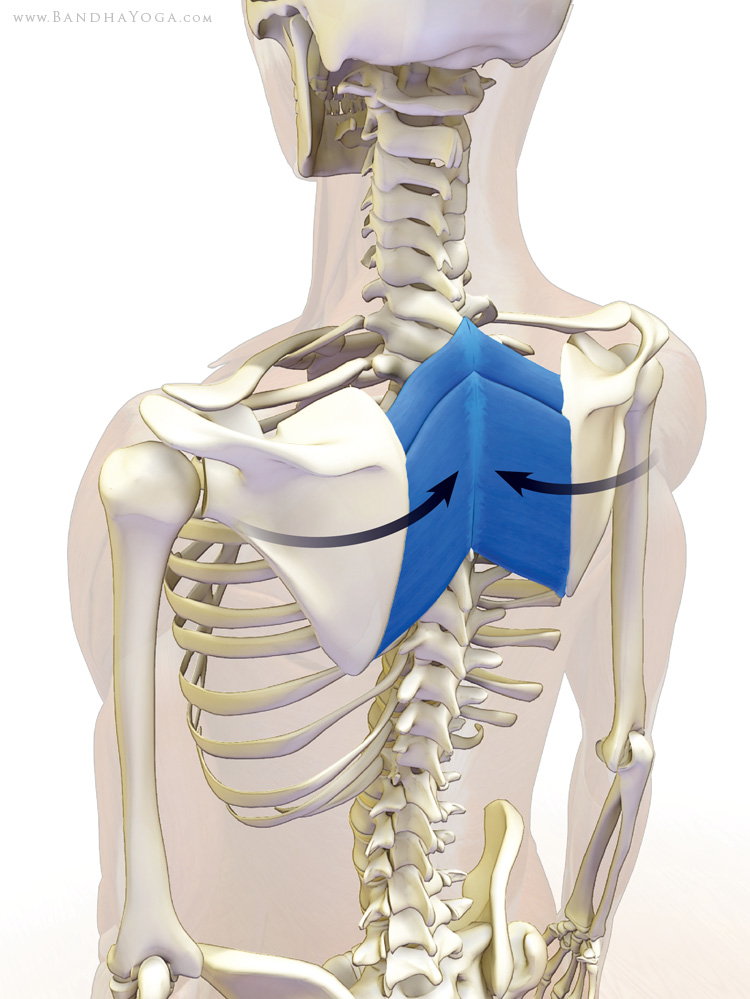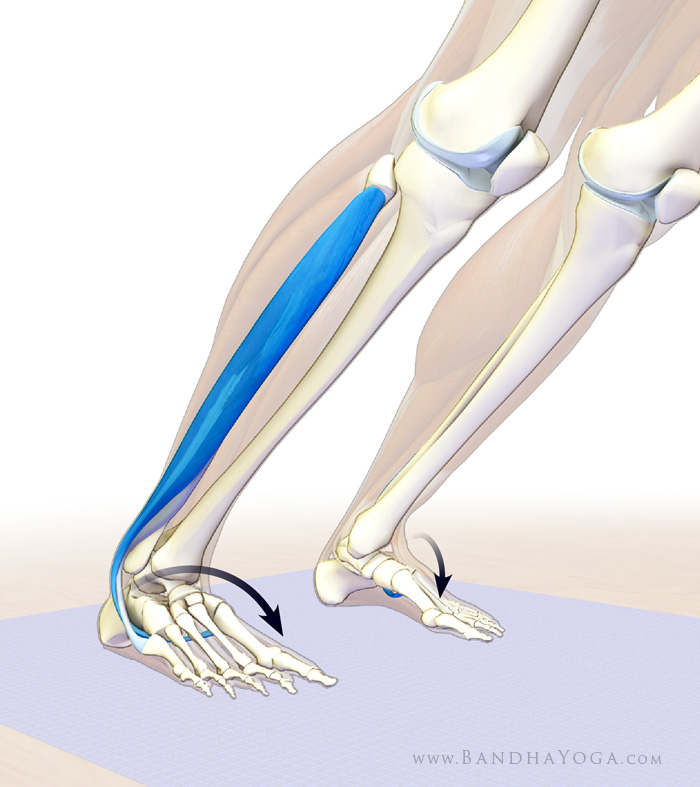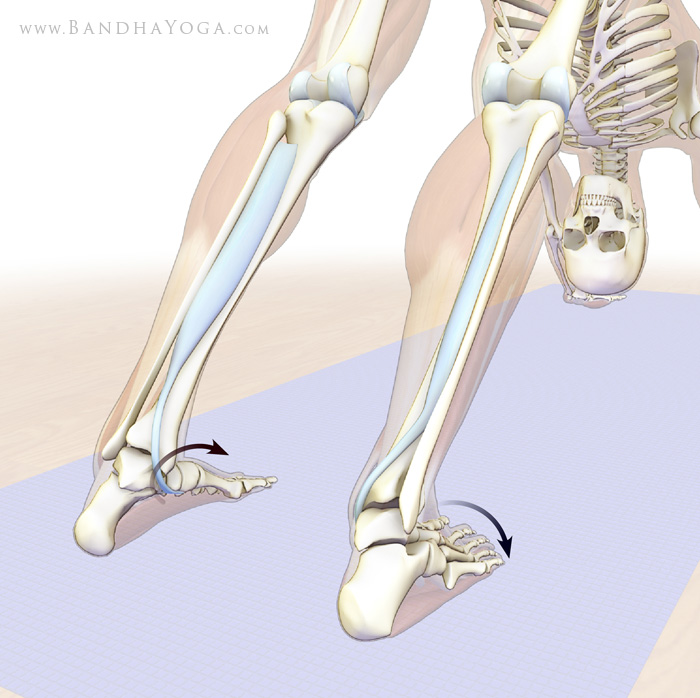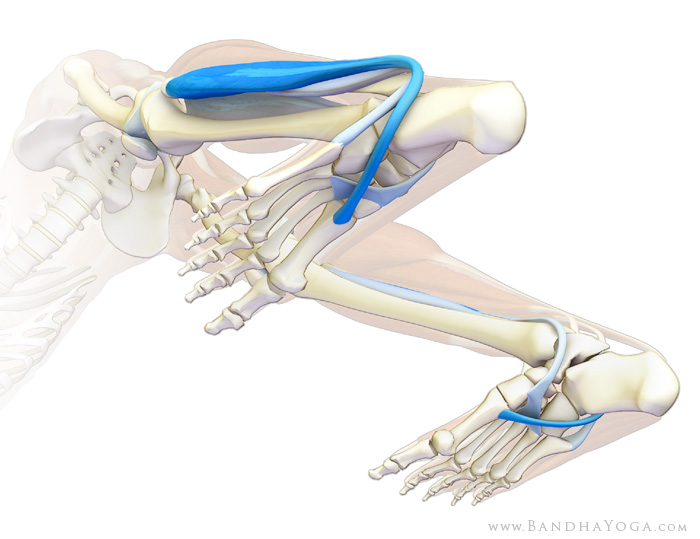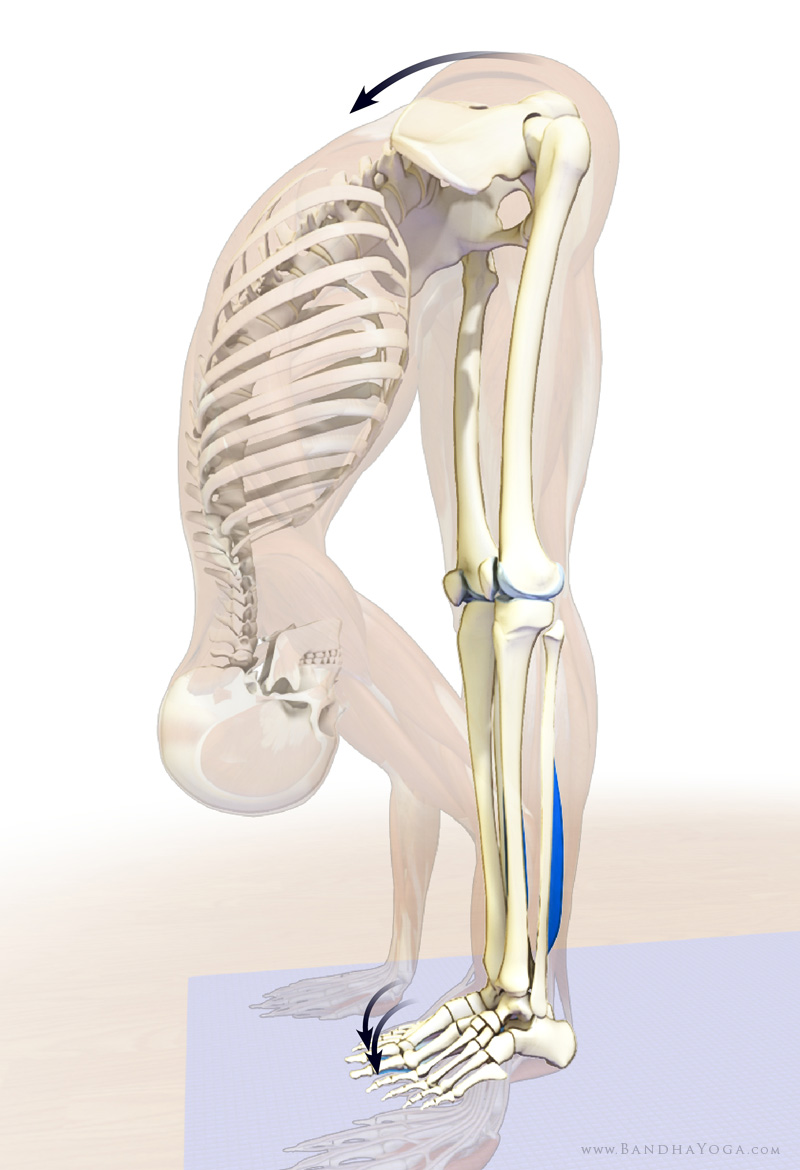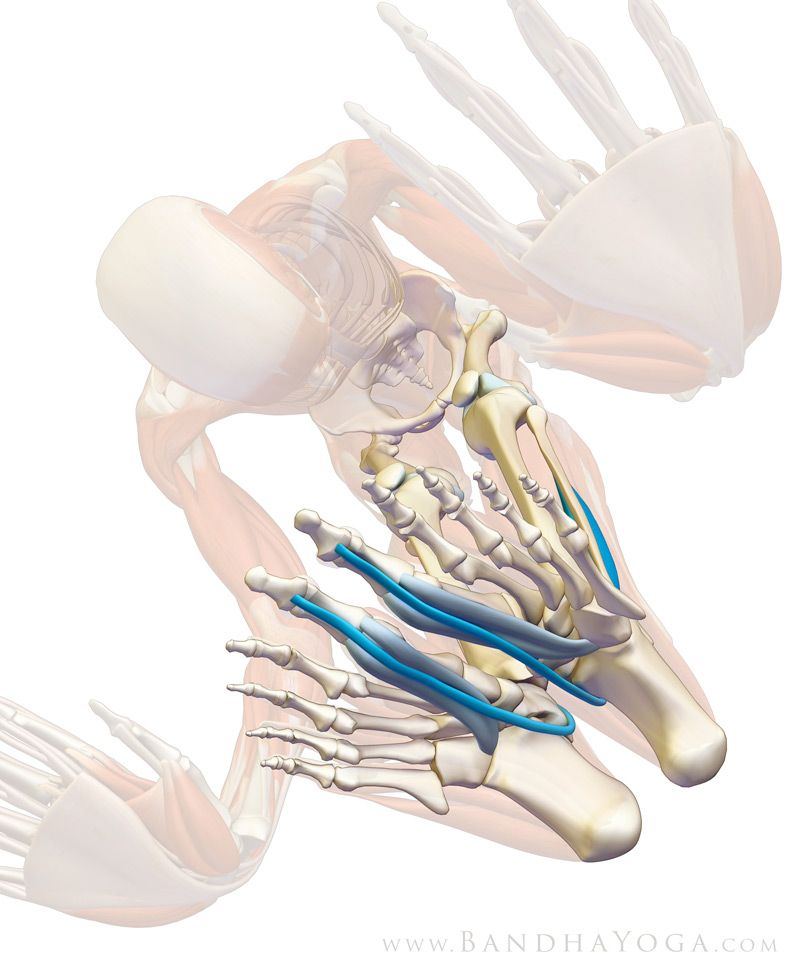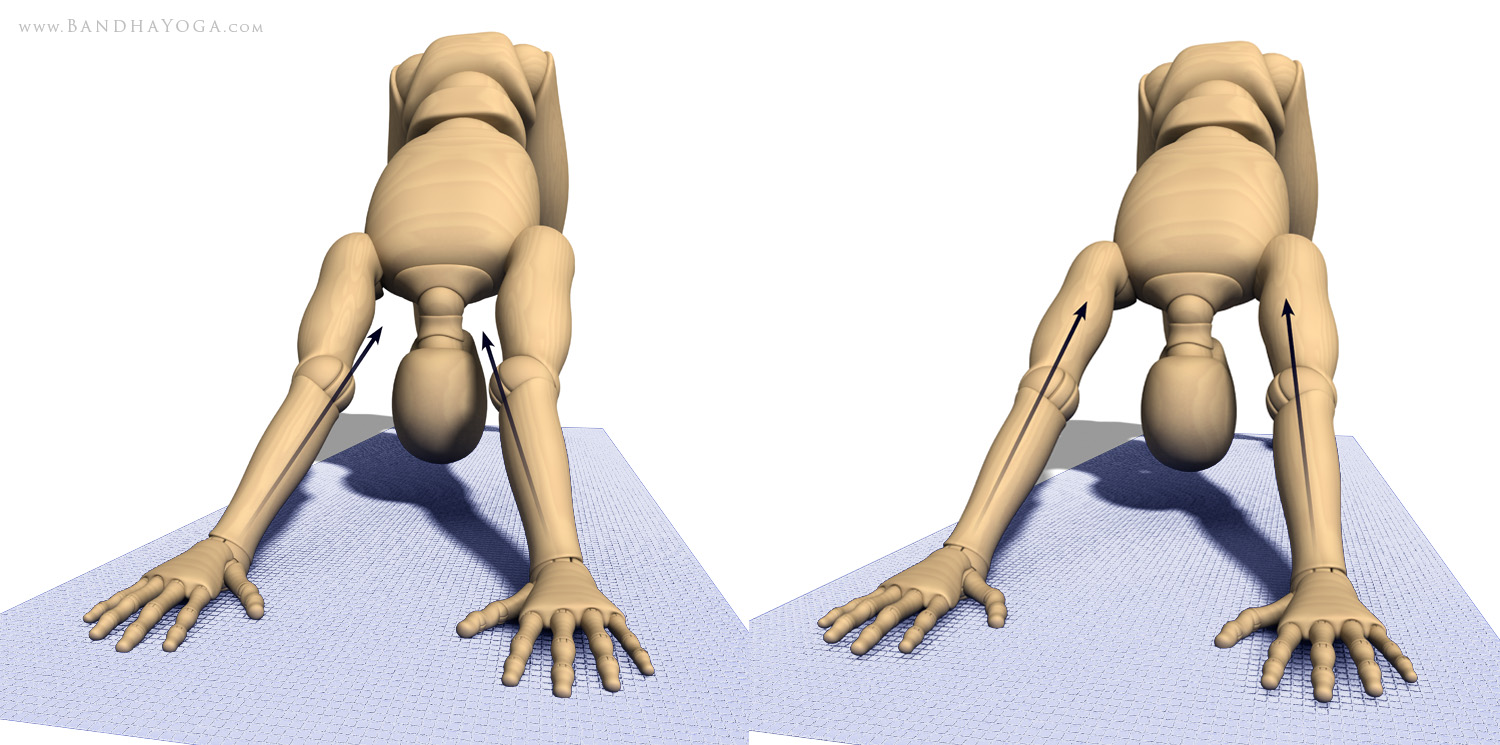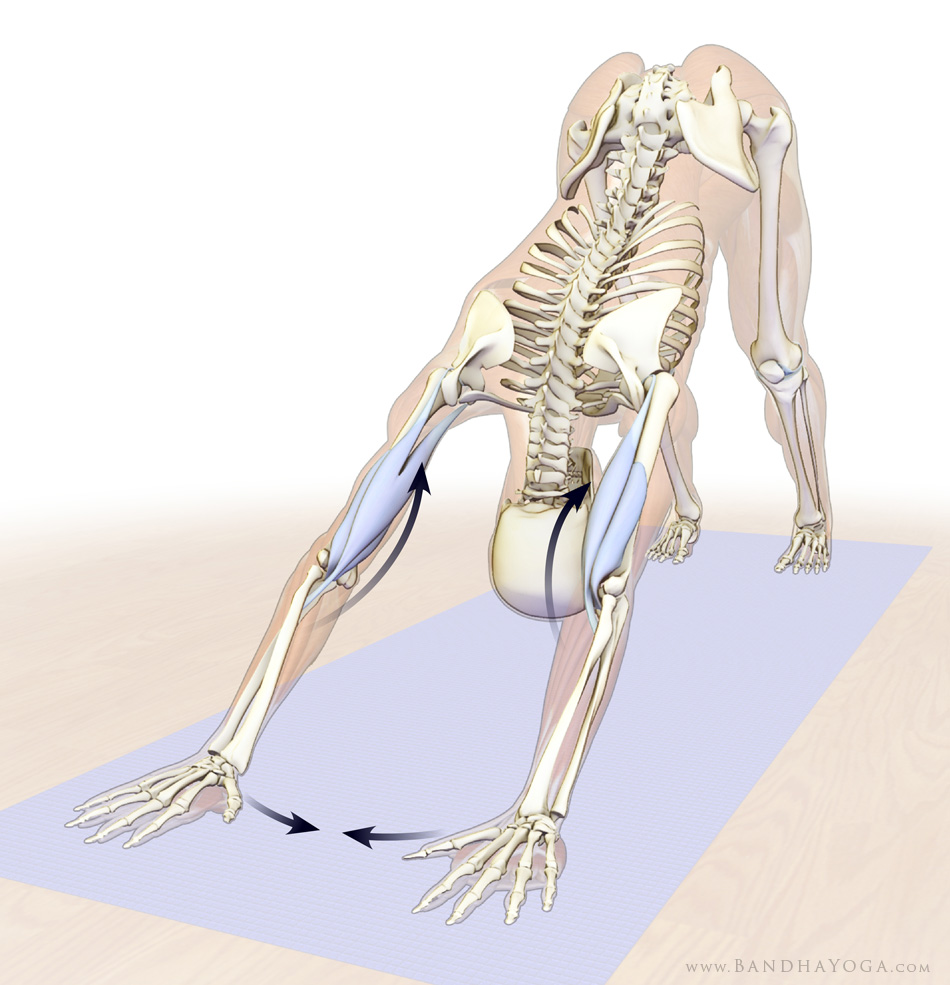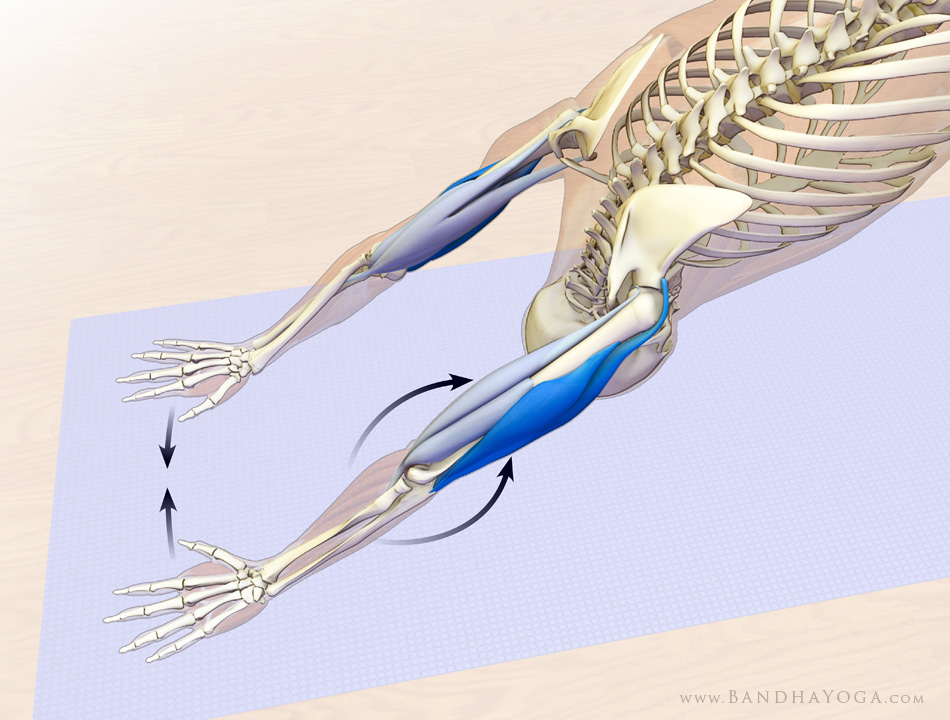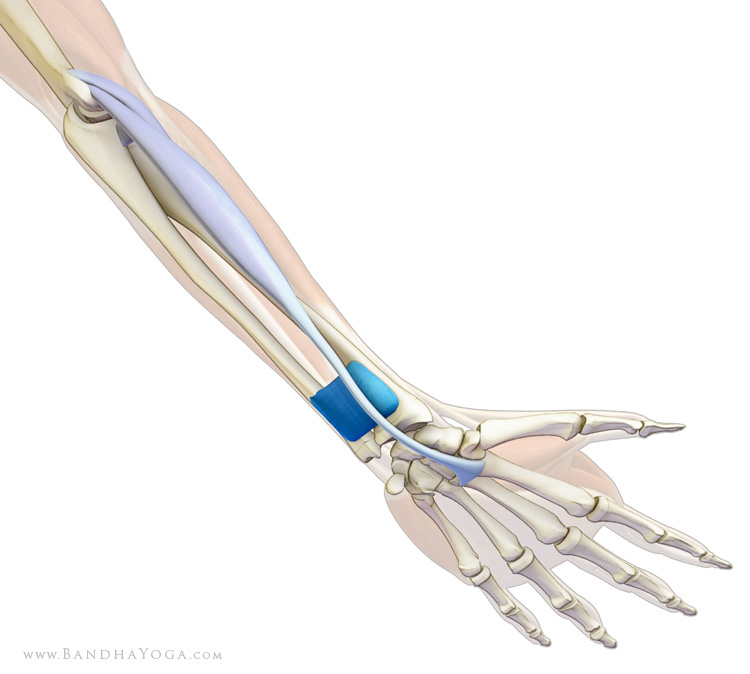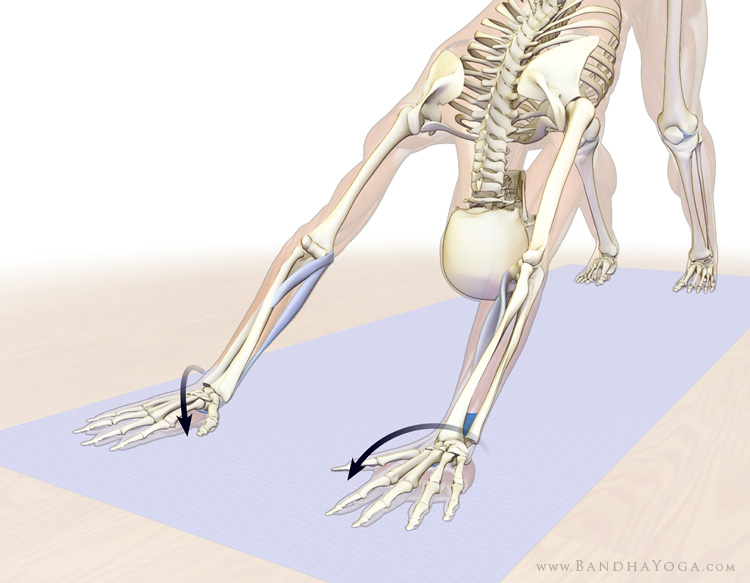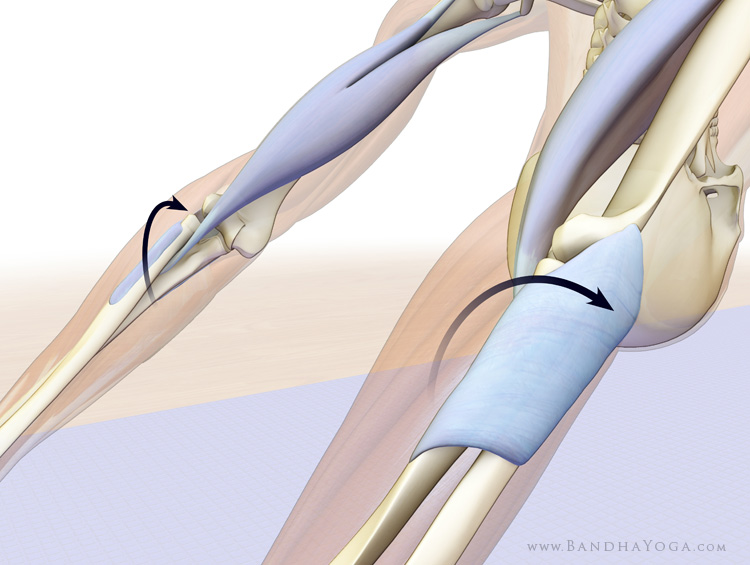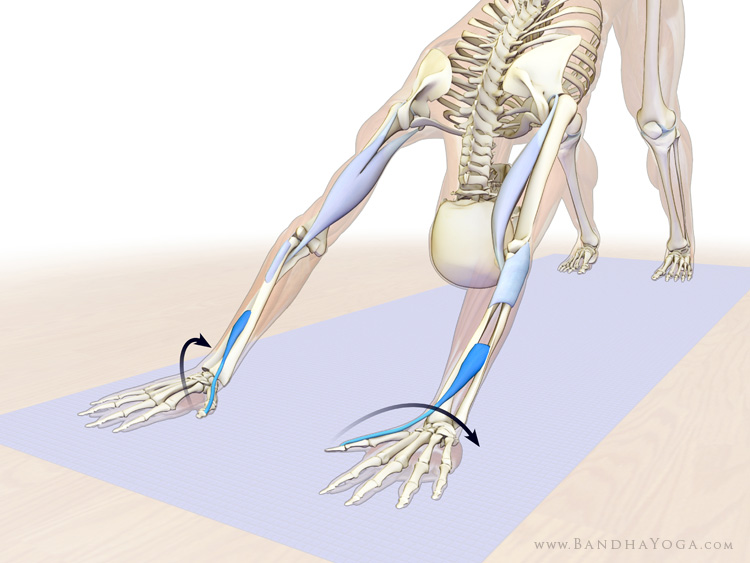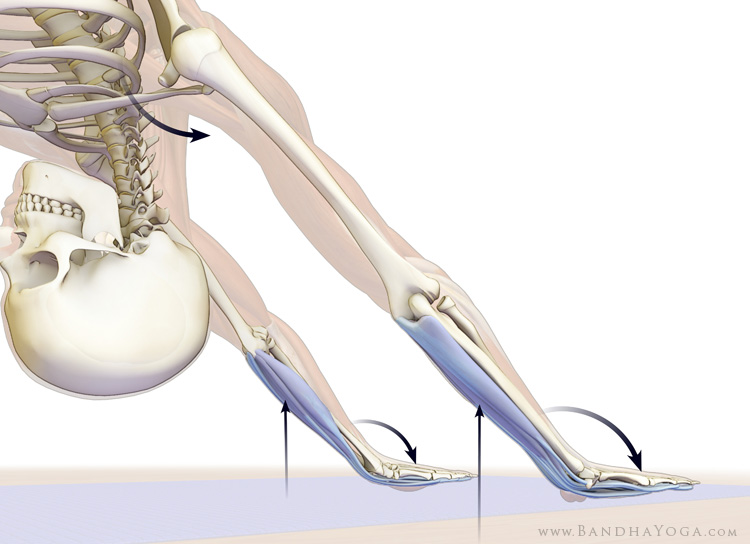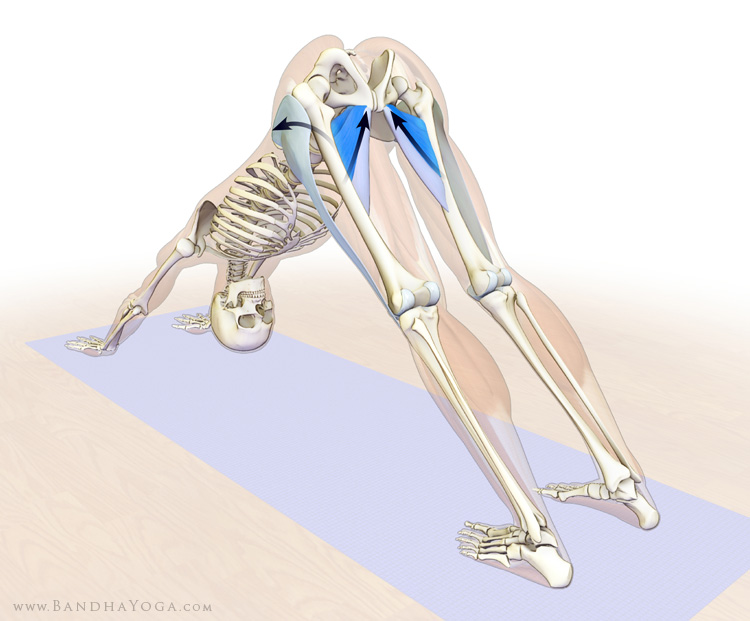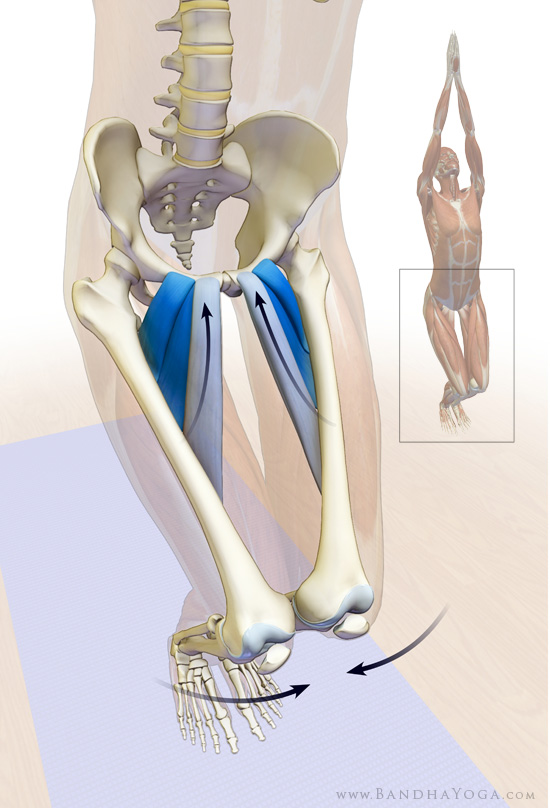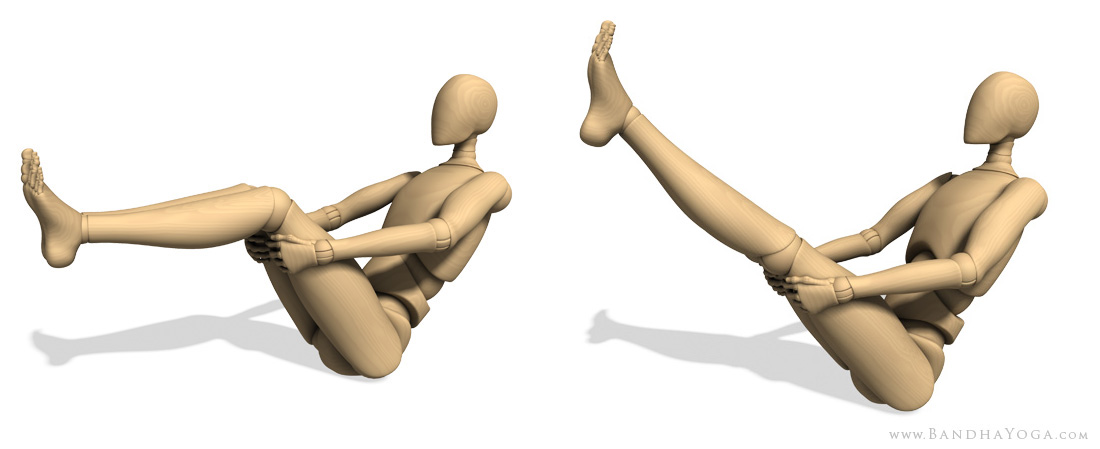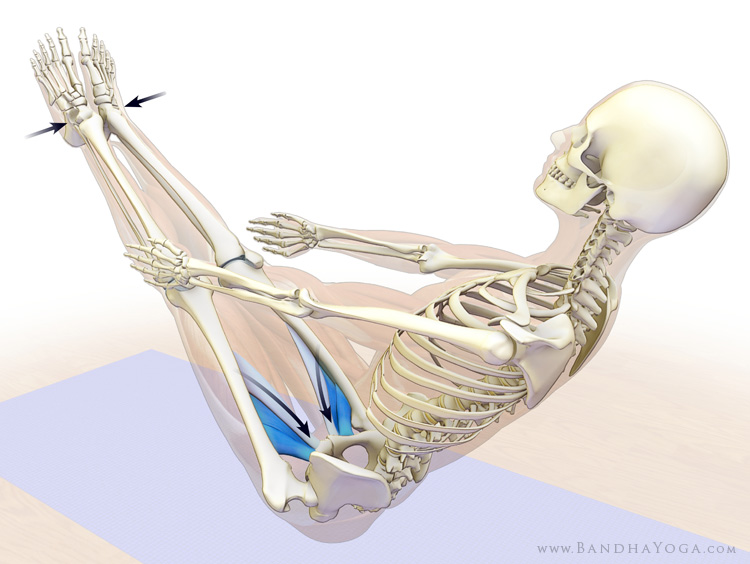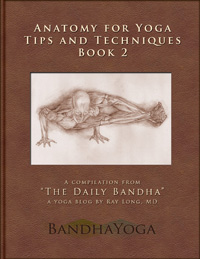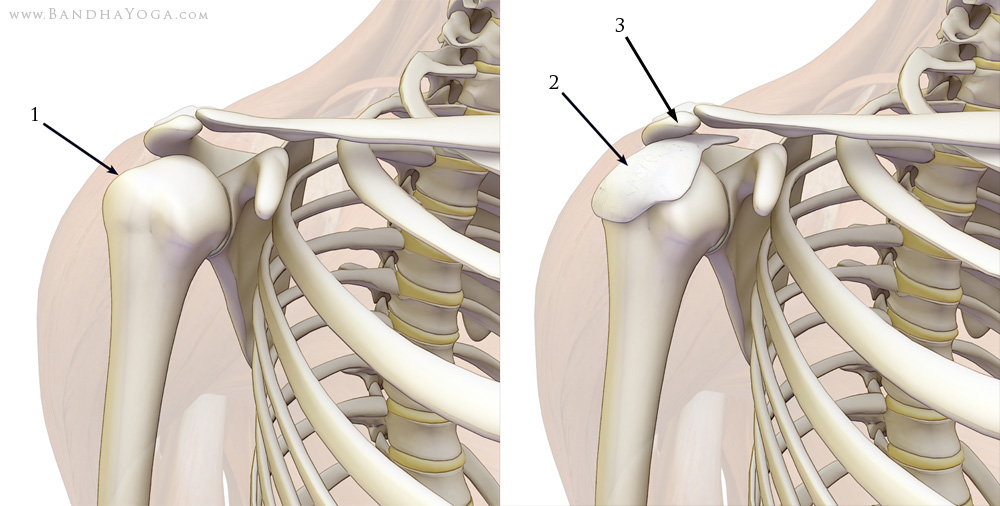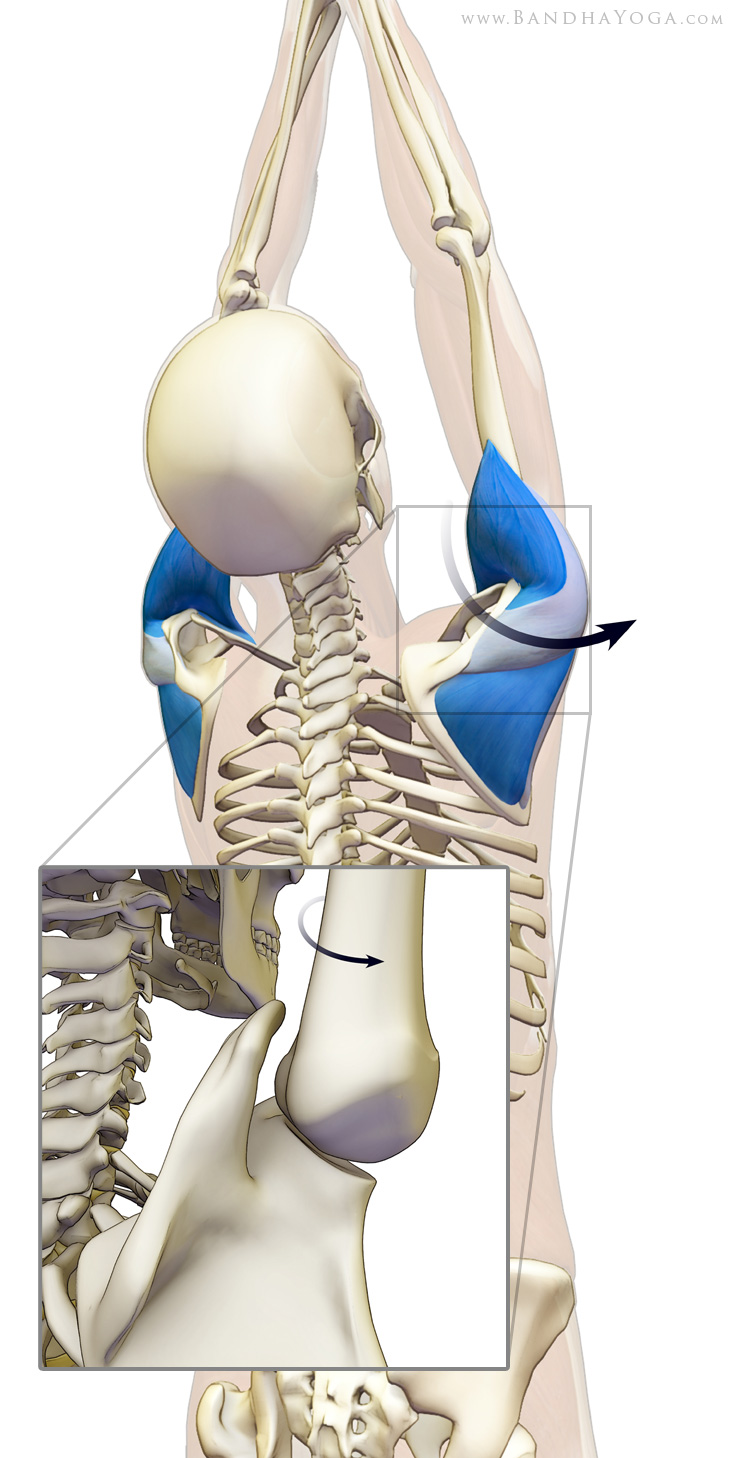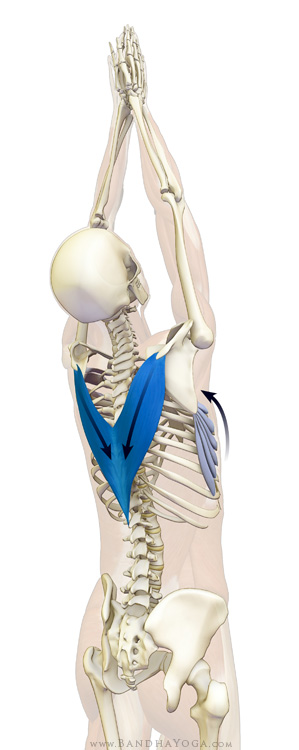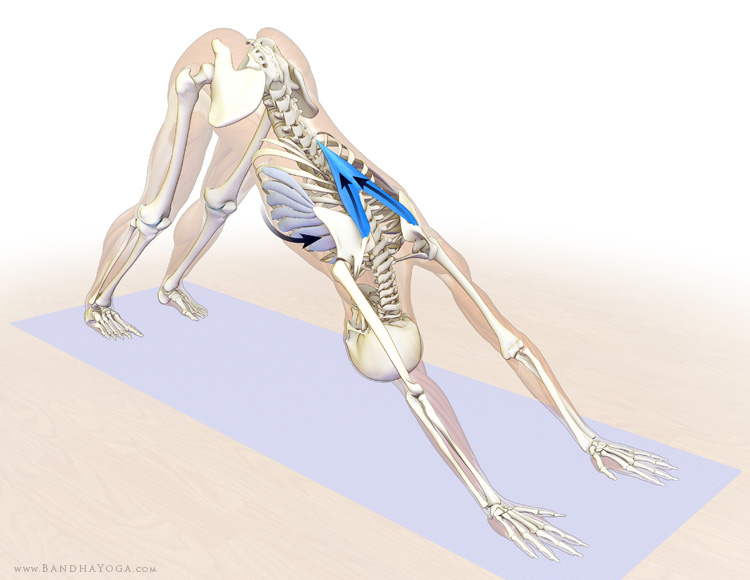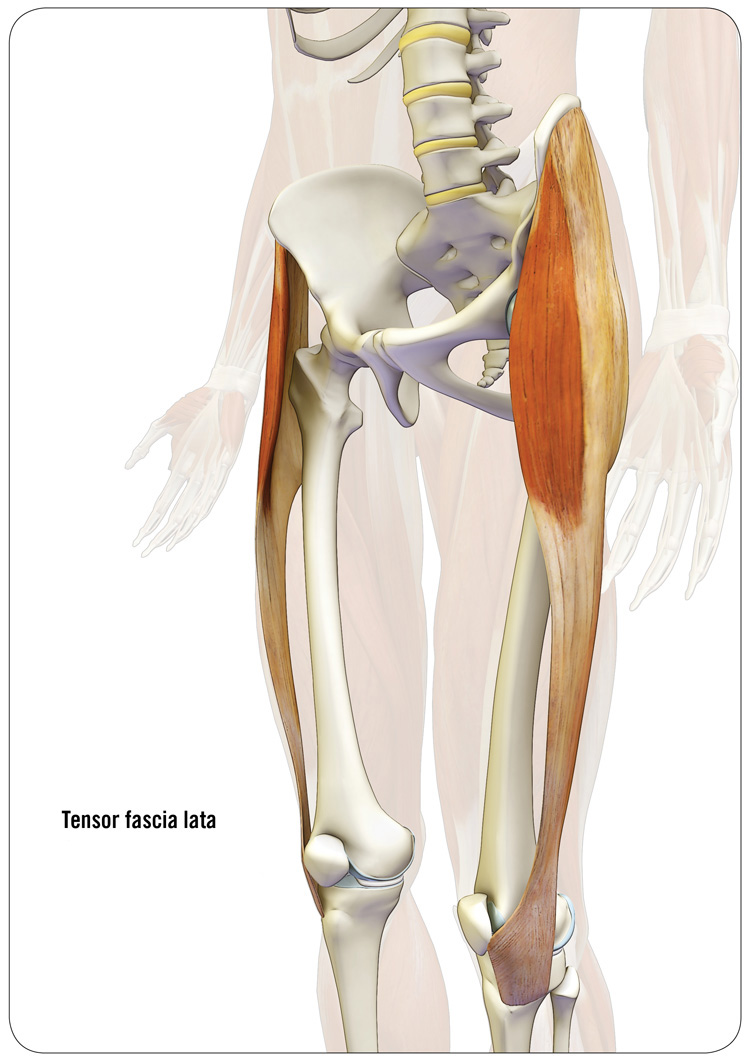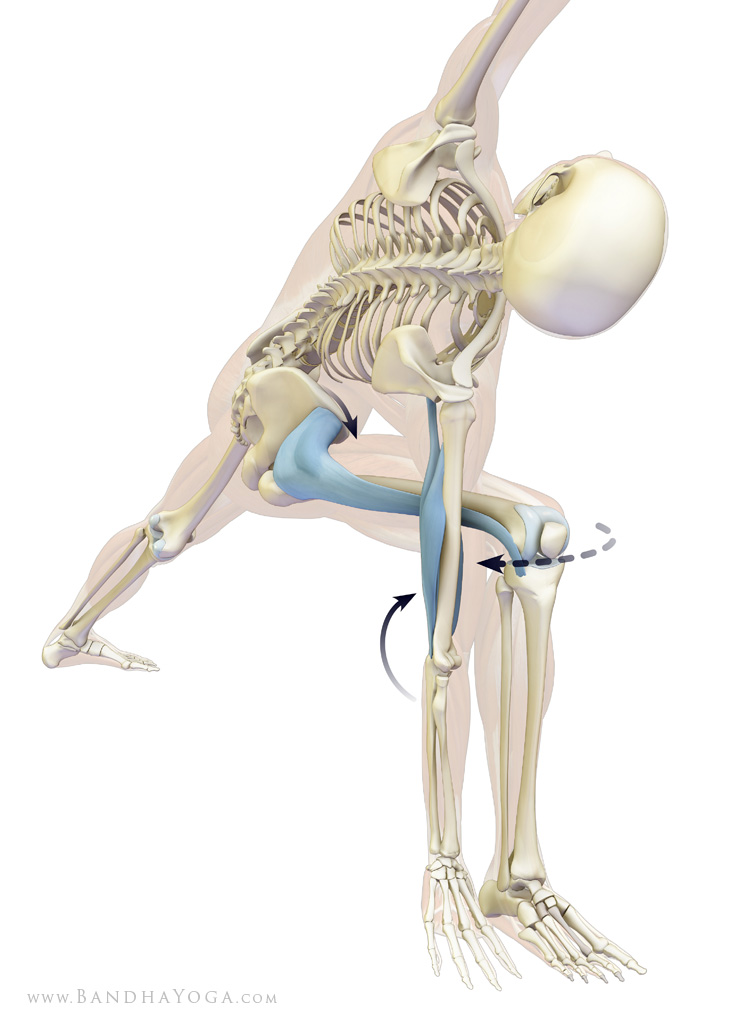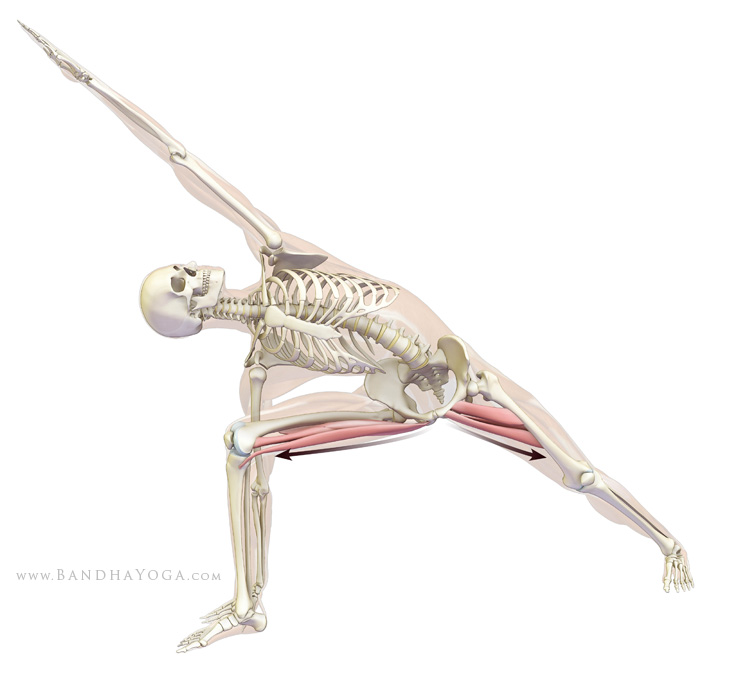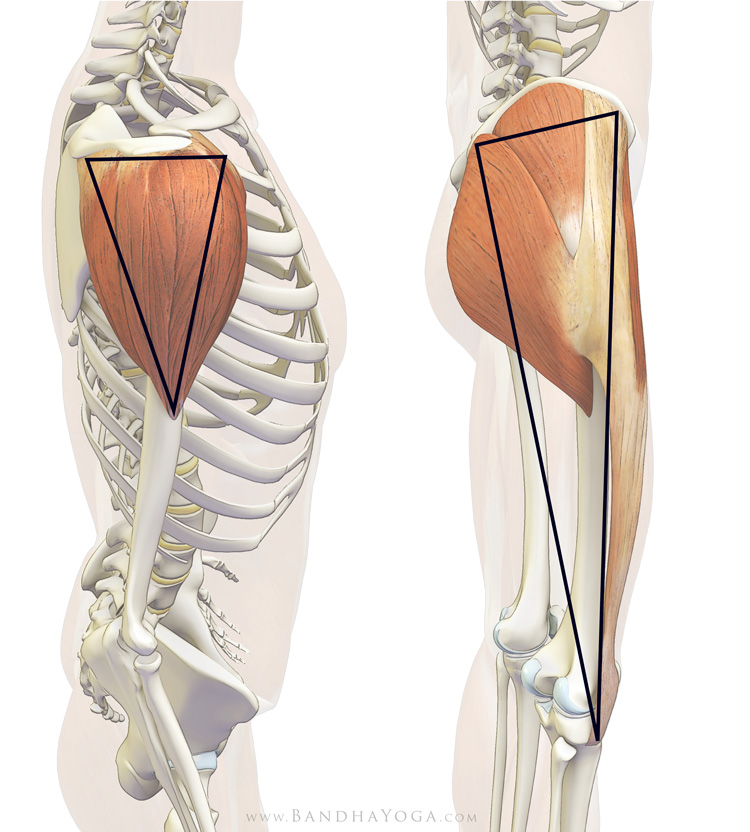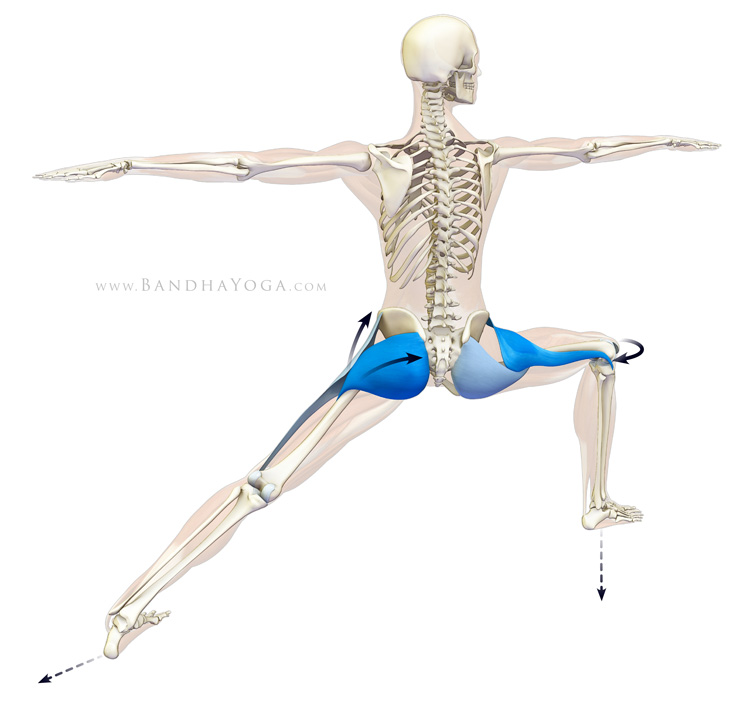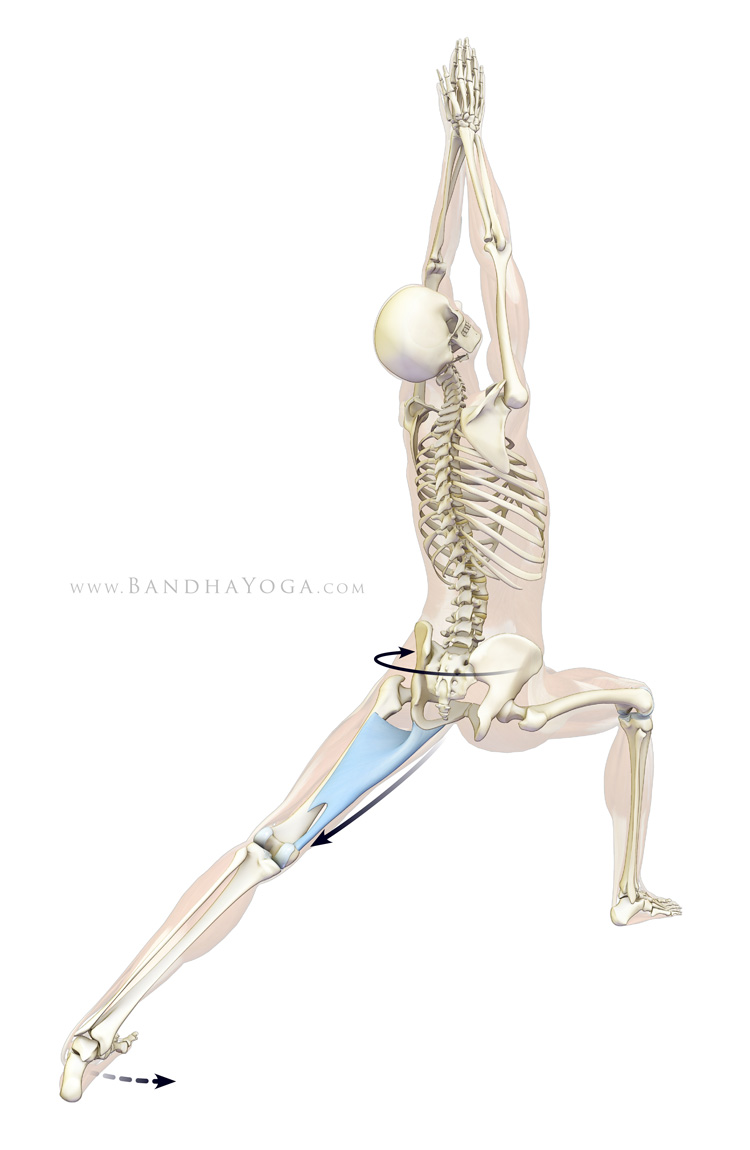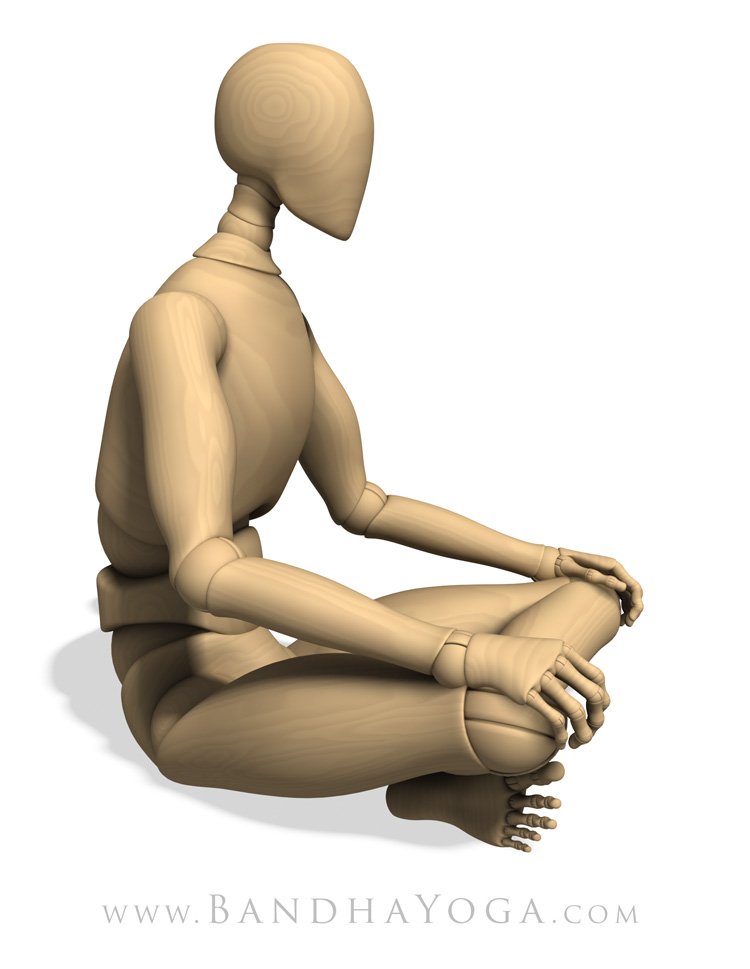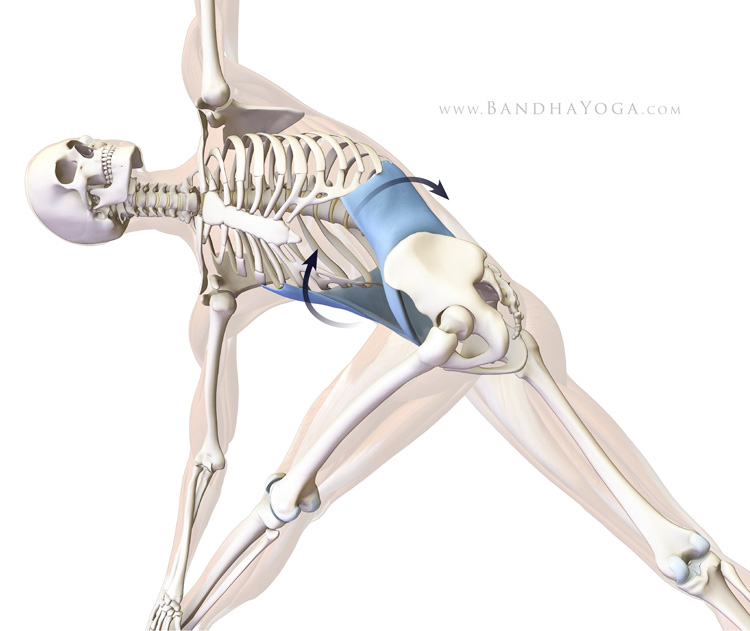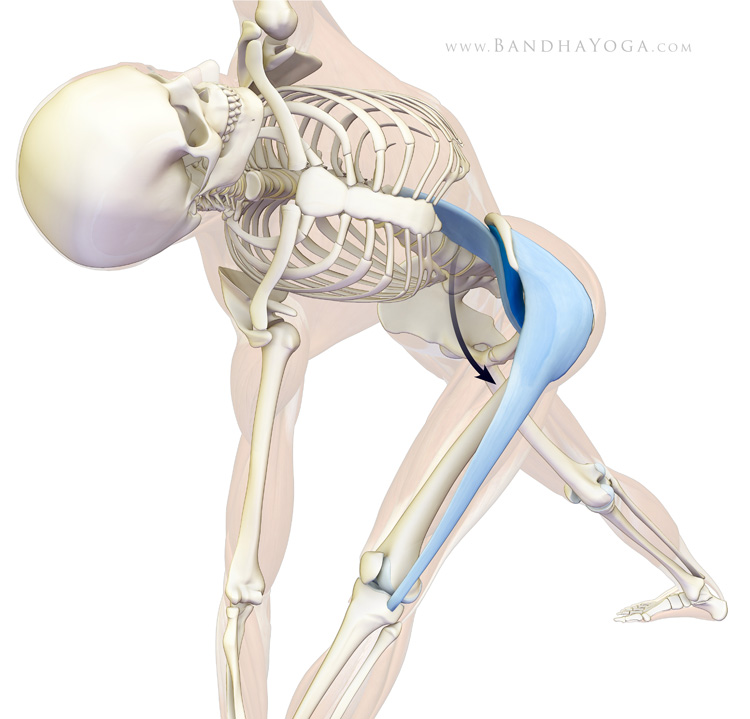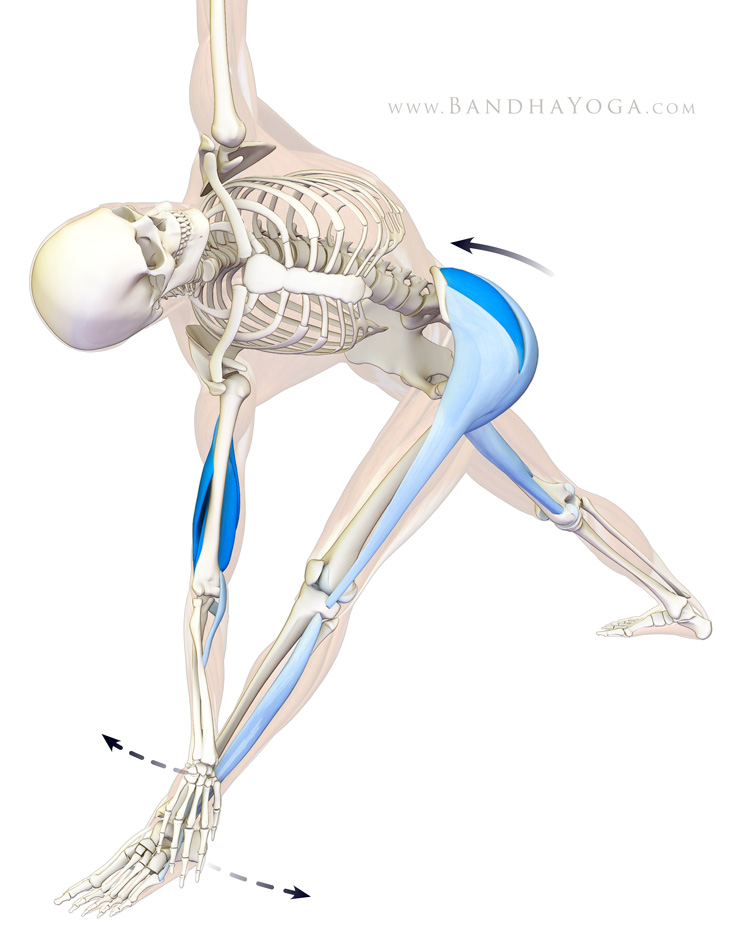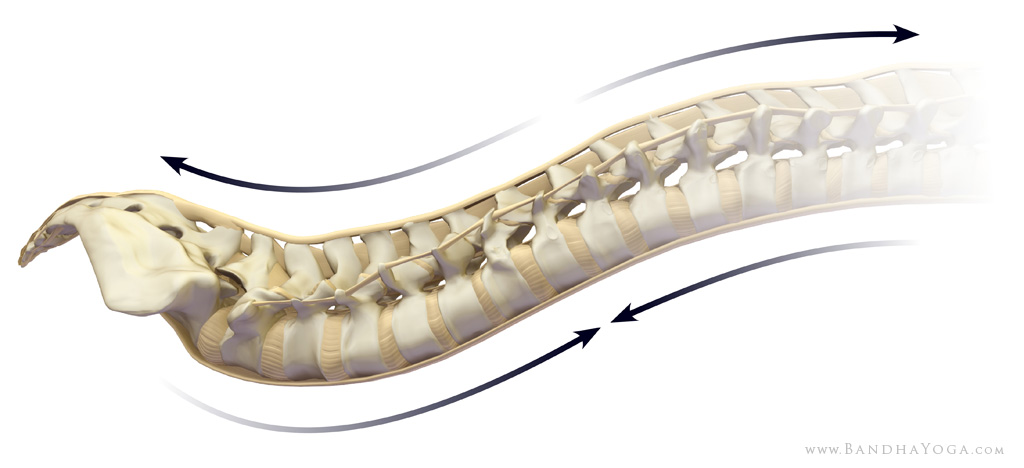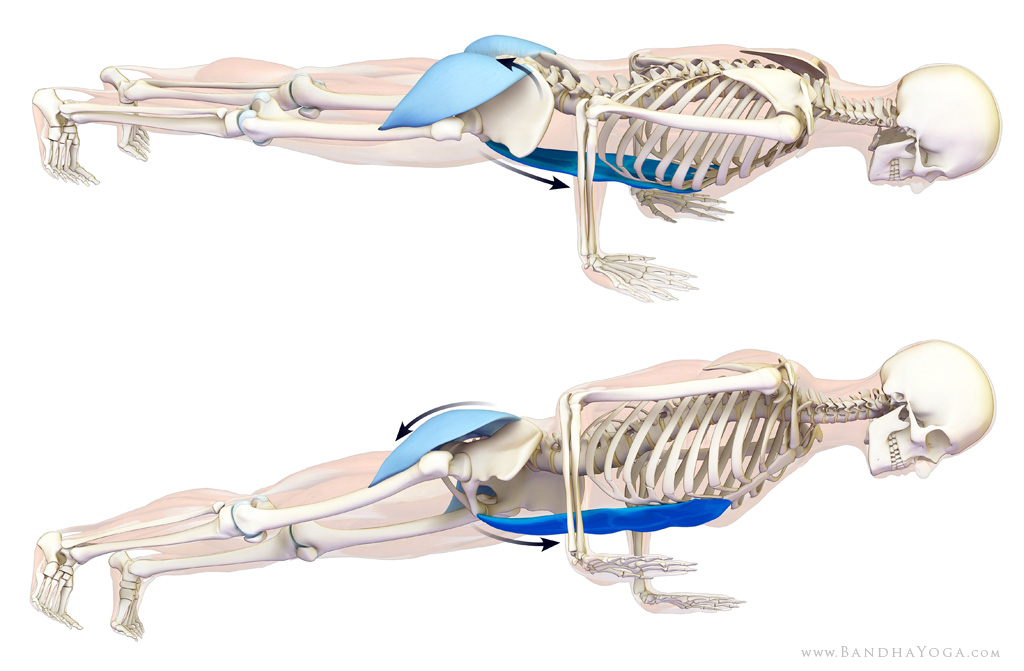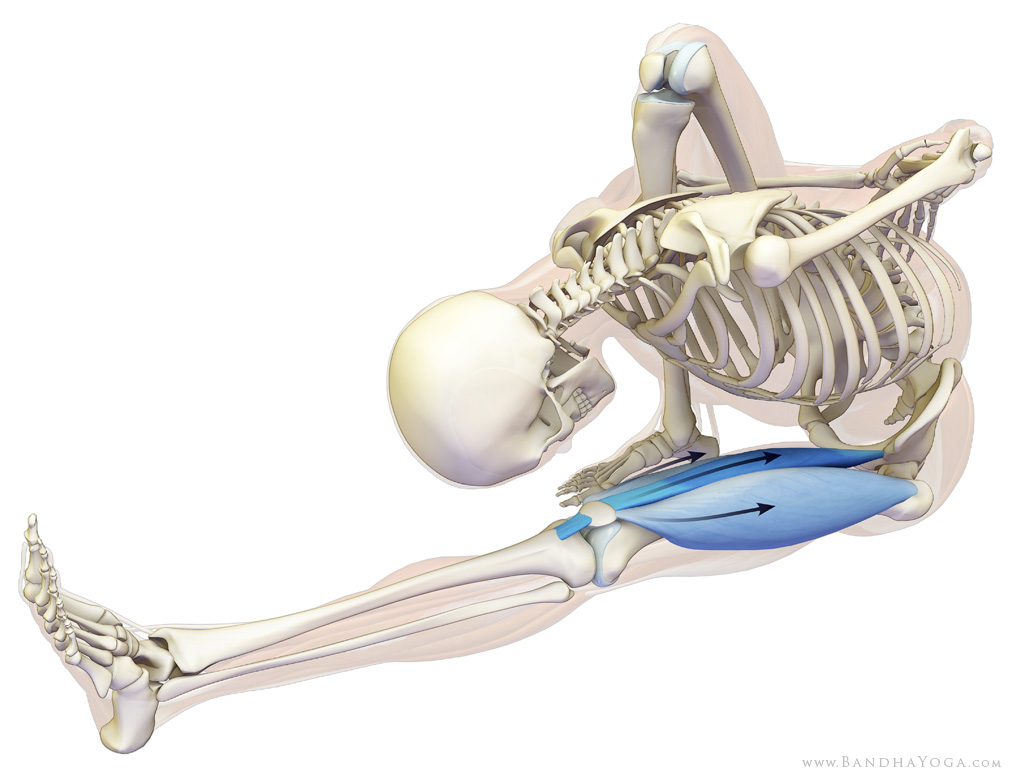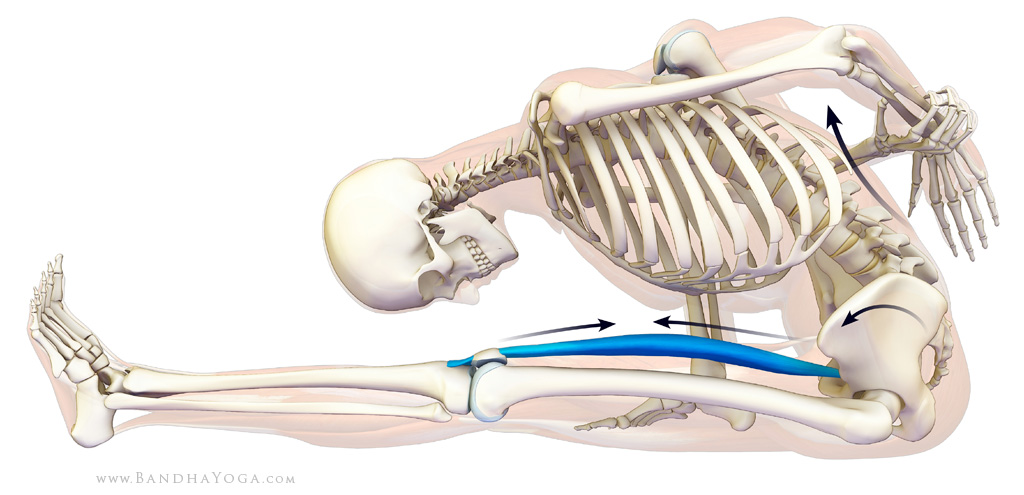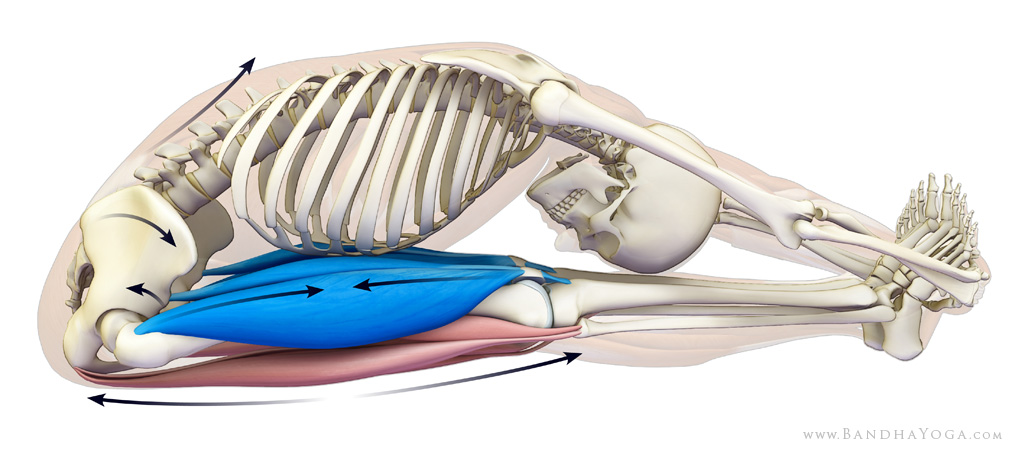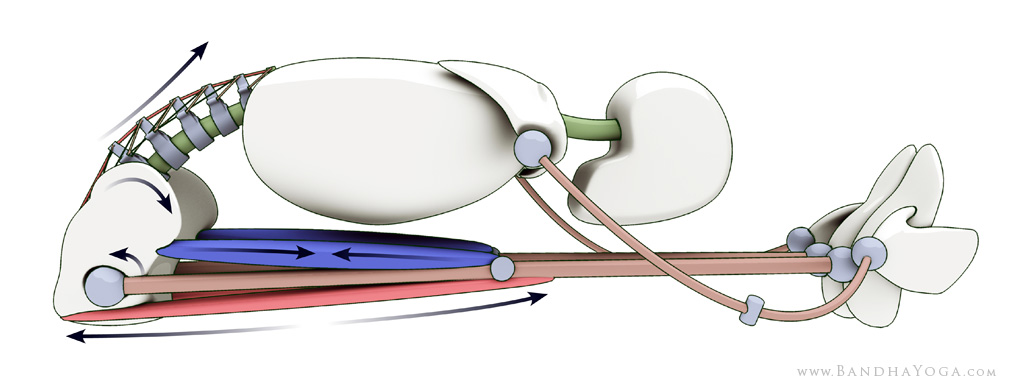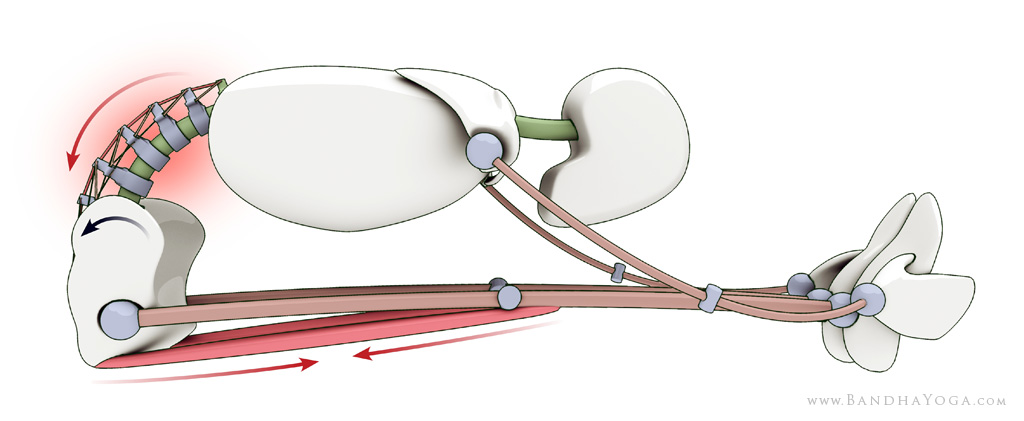In a previous
blog post, we discussed the yogic concept of satya, or truthfulness. On this, the sutras say, “When established in truthfulness, one can be sure of the results of action” (
Nicolai Bachman’s translation of Sutra II.36).
I mention this because, during a recent workshop series, the question was posed, “What is the difference between caution and fear?” Participants responded without hesitation that caution stems from knowledge, wisdom, and truth. Conversely, fear and fear-based actions come from a lack of knowledge, wisdom, or truth. In other words, fear is an illusion. Caution enables; fear cripples. Satya succeeds because the generational forces of the universe, in some manner or another, line up behind it. Asatya (untruthfulness) fails because those same forces align against it.
Then, some individuals encourage and manipulate the fear of others (fear mongers). Sociopathic corporations and individuals often resort to this form of asatya when they realize that they lack the ability to compete fairly or are afraid that someone else will gain power; they fear losing control or influence over others, mainly for monetary gain. Consequently, the fear monger acts out of fear and heads down the slippery slope of asatya. For example, they might exaggerate or
fabricate scientific data to cast a
false light onto something or someone they fear. Ironically, in the process, they often succeed in exposing and encouraging their own fears. An entity exposed for abusing its position of trust by deliberately misleading others will lose that position. That is how the spiritually bankrupt become, simply, bankrupt.
On the other hand, Hatha Yoga is established in truth (satya). Of course it has risks--all physical activities have the risk of causing injury. Hatha Yoga has survived through the millennia because its benefits far outweigh the risks, especially when it is practiced intelligently, using common sense and an accurate knowledge of the body. For example, in an
article that appeared in USA Today, which also interviews yoga Master Bikram Choudhury, basketball legend Kareem Abdul Jabbar describes his yoga experience:
"I believe that yoga is one of the reasons that I was able to play as long and as healthy as I did… Yoga is somewhat hard to quantify in terms of benefits because you see them in all the injuries you don't get… For me, I noticed improvement in my posture—that was key for me because I had been having lower back problems... After I started doing yoga positions—asanas—all that changed. My health greatly improved overall."1
Elite athletes do not spend their time cringing in fear over the possibility of injuring themselves during their activities—that would precipitate injuries. They are conscious of the risks and take steps to minimize them through the right dose of caution, scientific training and a sound knowledge of the body. If an injury should arise, they work through it and often emerge stronger. As with Jabbar, many athletes now also include yoga in their training regimen to help reduce the risk of injuries and improve their performance.
Jabbar’s positive experience with yoga and his back problem has also been validated for others in the peer reviewed scientific literature, including a study published in the November 2011 issue of the
Annals of Internal Medicine, entitled “
Yoga for Chronic Low Back Pain A Randomized Trial”
2. This study demonstrated the safety and efficacy of yoga for the management of chronic low back pain. A summary of this article is available on the website of the
Iyengar Yoga Association of the UK and
The British Wheel of Yoga; you can download the full version in PDF format
here.
Safety and efficacy of any intervention confirms that it is established in truthfulness or satya. Note that peer reviewed articles do not engage in fear mongering. Neither do they overstate the benefits. Instead, they elucidate the benefits and identify the risks of an intervention through a dispassionate scientific approach. This direct and honest methodology enables us, through further study, to improve the efficacy and find ways to reduce the risks. With this in mind, let’s take a look at the benefits of Chaturanga Dandasana and a tip that can be used to enhance them.
![]() |
| The spine illustrating tension (dorsal) and compression (ventral) relationship. |
![]() |
| The spine as a weight bearing column. |
As we evolved from quadrupeds (walking on all fours) to erect bipeds, the spine has transitioned from a suspension bridge type of structure, using tension/compression relationships, to a weight-bearing column. This change exposes the various structures of the spine to different potential stresses. For example, the “sway back” position results from a weak abdominal core. For this reason,
back rehabilitation programs always incorporate abdominal strengthening exercises. In other words, conditioning the front helps to protect the back.
Chaturanga, or its variations, represent an asana that can be used to develop and condition the abdominals and to stabilize the lumbar spine. Practiced properly, it reproduces the quadruped position and temporarily relieves the biped stress on the spine. At the same time, it strengthens the abdominal core.
Chaturanga is designed to create a “staff” with the body, hence its name: “Four Limbed Staff Pose”. There is a tendency, however, to deviate from the proper position by hyperextending the lumbar and lifting the tailbone into the air in the pose. This arises from primarily using the hip flexors (including the psoas) to maintain the posture, which then tilts the pelvis forward and extends the lumbar. This
tendency can be balanced and corrected by co-activating the gluteus maximus and rectus abdominis in Chaturanga. Engaging these muscles counteracts lumbar hyperextension, conditions the abdominals, and re-establishes the tension/compression relationships within the vertebral column to support the pose.
I do this by firmly engaging the abdominals and then incorporating contraction of the gluteus maximus to tilt the pelvis back and down, thus avoiding hyperextension of the lumbar spine. For those of you practicing in a Vinyasa tradition, gently tuck the tailbone to engage the gluteus maximus and contract the abdominals as you exhale and lower into Chaturanga. Note the sense of stability this provides for the lumbar. This technique can also work by engaging the same muscles in the preparatory pose, with the trunk remaining on the floor. Build and release muscular engagement gradually--this is key.
![]() |
| Engaging the rectus abdominis and gluteus maximus in Chaturanga Dandasana. |
Here’s the Anatomy…
The rectus abdominis extends from the pubis to the cartilage of the fifth, sixth, and seventh ribs and the sternum. It draws the symphysis pubis upward, flexes the trunk of the body, and acts as an accessory muscle of expiration. The gluteus maximus originates on the back surface of the sacrum and ilium and the thoracolumbar fascia; it inserts onto the iliotibial band and the gluteal tuberosity of the femur. This muscle extends and externally rotates the femur, and it tilts the pelvis back and downward. Tilting the pelvis back and down relieves hyperextension of the lumbar through joint coupling. This is known as “lumbo-pelvic rhythm,” wherein tilting the pelvis forward or back extends or flexes the lumbar, respectively.
If you suffer from back pain, be sure to consult your physician to determine the cause; work under the guidance of a physician to manage your pain (
see our full disclaimer here).
It is great to see you all again! Be sure to visit us on
Facebook to download a free copy of our e-books. Check back next week when we’ll go over some pointers on the transversus abdominis and internal oblique muscles.
Namaste’
Ray and Chris
.1. John Morgan and Stephen A. Shoop, M.D., “Kareem Abdul-Jabbar Is Hot for Yoga,” News, Travel, Weather, Entertainment, Sports, Technology, U.S. & World. USATODAY.com, 27 Sept. 2003, http://www.usatoday.com/news/health/spotlighthealth/2003-09-26-jabbar_x.htm (accessed January 4, 2012).
.2. Helen E. Tilbrook, BSc, MSc; Helen Cox, BSc, MSc; Catherine E. Hewitt, BSc, MSc, PhD; Arthur Ricky Kang’ombe, BSc, MSc;Ling-Hsiang Chuang, BSc, MSc, PhD; Shalmini Jayakody, BSc, MSc; John D. Aplin, MA, PhD; Anna Semlyen, BA, MSc;Alison Trewhela, DBL, CSL; Ian Watt, BSc (Med Sci), MB, ChB, MPH; and David J. Torgerson, MSc, PhD., “Yoga for Chronic Low Back Pain a Randomized Trial” Ann Intern Med. 2011 Nov 1;155(9):569-78 PMID: 22041945
